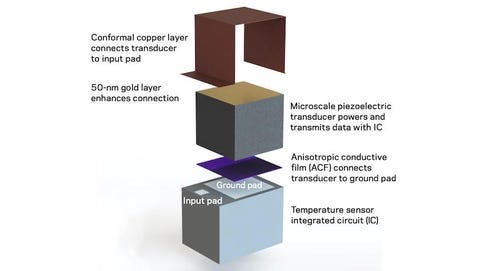The device/chip will ID you, track your location, monitor your condition, calculate a score, the score will then prioritize you in society for treatments or anything else they choose.
This patent application filed by lawyers Gal EHRLICH & Maier Fenster, who are listed as INVENTORS, in actuality they are just front men for pharma giant Pfizer. But hey, maybe these lawyers moonlight as the worlds most advanced microchip research scientists. Doubtful. The patent was approved August 31st, 2021, and is the very first patent that shows up in a list of over 18500 for the purpose of remote contact tracing of all vaccinated humans worldwide who will be or are now connected to the “internet of things” by a quantum link of pulsating microwave frequencies of 2.4 gHz or higher from cell towers and satellites directly to the graphene oxide held in the fatty tissues.
SUMMARY OF THE INVENTION
a. providing an electronic device with proximity tracking circuitry for each of said subjects;
b. generating an ID for each said electronic device;
c. at a proximity event, when a particular said electronic device of a particular said subject is in proximity of one or more other of said electronic devices, one or both of transmitting said ID or an indication thereof to said one or more other devices and receiving an ID or indication thereof from said one or more other devices, by said particular electronic device;
d. generating, by said particular electronic device a score reflecting a propensity for proximity, according to a plurality of received IDs;
e. generating for said particular electronic device a prioritization of treatment based on said score;
f. treating said particular subject according to said prioritization.
https://patents.google.com/patent/US11107588B2/en?oq=US11107588

Now in other news…
Scientists Built the World’s Smallest Implantable Chip.

- Scientists at Columbia University have created the world’s smallest single-chip system—complete wireless electronic circuits that can monitor conditions in the body.
- The chips, called “motes,” have a total volume of less than one cubic millimeter, making them smaller than microscopic dust mites.
- No, these microchips can’t be used to track you; they can only communicate outside the body with an ultrasound machine.
How It Works
Each chip—or “mote,” as the researchers call them—has three primary characteristics, Shepard says. Data transmission and power are both wireless; the interface that connects the human to the technology is integrated on the chip itself; and the device has a form factor that makes it amenable to the human body, meaning it’s very small and unobtrusive.
To establish these qualities in a temperature-sensing chip, the team began with a typical “complementary metal-oxide-semiconductor” (CMOS) process, much like the technology you’d employ to create a chip for a computer, a car, or a smartphone. CMOS chips are made with a pair of semiconductors that are attached to a secondary voltage source so that they work at opposite times; when one transistor is switched on, the other is switched off.

A schematic that shows the mote’s components.COLUMBIA ENGINEERING
But the Columbia researchers needed to add a microscale piezoelectric transducer to the chip so it could communicate with ultrasound technology. The transducer converts mechanical sound waves from the ultrasound machine into electrical signals and vice-versa. It’s covered with a small layer of gold on both sides to enhance connectivity. The mote also features a layer of special conductive film and a thin sheet of copper.
“These are added after we get the chip back from the commercial foundry,” Shepard explains. “In addition, we have to etch and thin the chips to these very small form factors and coat them with a kind of plastic for biocompatibility.”
READ ENTIRE STORY:
https://www.popularmechanics.com/science/health/a36503099/worlds-smallest-implantable-chip/
Recent Comments